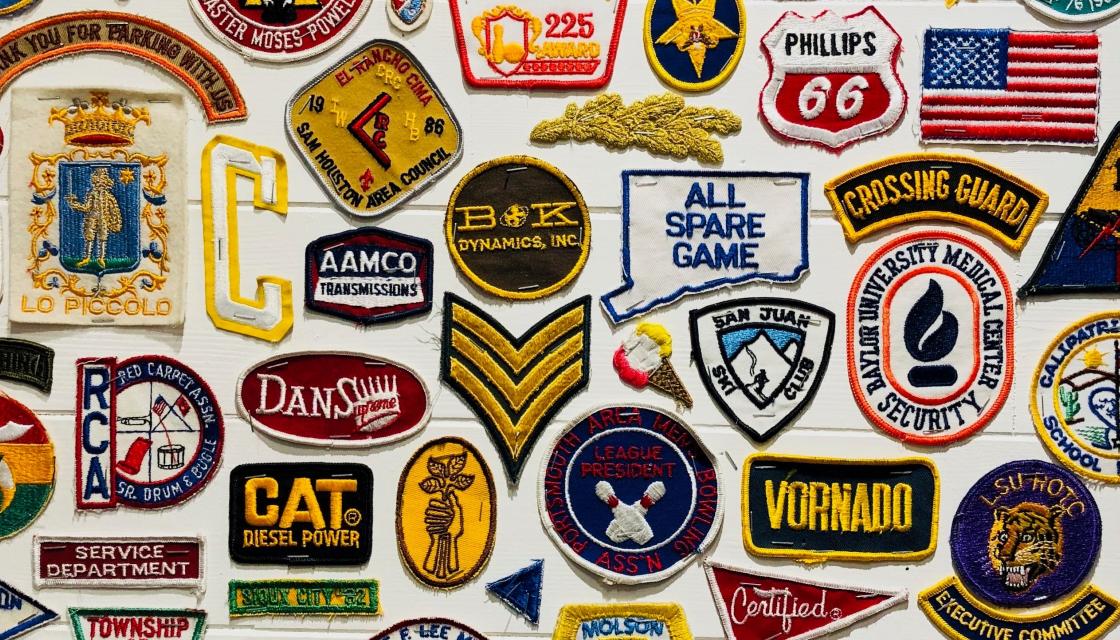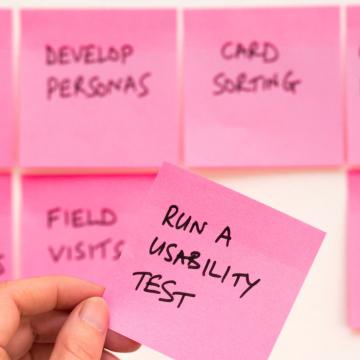Branding

How do you create a brand for your co-op or community business? You might already have a logo and name, and a visual identity. But is your brand consistent across the organisation - and is authentic?
What is a brand?
It’s probably worth reminding yourself, what a brand is. A lot of people think it’s your logo but that is only part of it. Your brand is the way your organisation is perceived (what people say about you when you are not in the room and how they feel about you!) This can be conveyed by your visual identity, how you communicate with people and how you behave.
Be authentic
Sometimes you can get a mismatch if your visual identity and the way you communicate don’t match your behaviour. So if your website talks about being caring, nurturing and inclusive but staff are rude and your premises/services are inaccessible, then customers/service users won’t feel your brand is authentic.
A good brand can add value – think about why you might choose Coca-cola over own brand cola/fizzy drinks. The product is the same, but the brand conveys an image and/or level of perceived quality so people are willing to pay more.
It’s important that you communicate the brand values throughout the organisation.
- Ask customers, members, colleagues and other stakeholders what words they associate with your co-op.
- How do you want them to describe you? You can carry out an exercise where a group of internal stakeholders (staff/members/board members) place random words on a chart to clarify how you want to be perceived and what you definitely DON’T want to be! Download our template marketing audit.
- Your visual identity, communications and behaviours should reflect your co-op’s brand values. So keep it simple.
- Remind yourselves of who your target audience is. Have a good look at brands that are popular with this demographic – or brands that you want to emulate – do they all have similar visual identities or something in common? Maybe they are all abstract shape, or use one colour? If you don’t know which brands your target audience like, get a group together and ask them!
- It could be a useful exercise to gather loads of examples of other branding (logos, adverts etc from magazines or internet searches) and look at what you like and don’t like about them. Include your existing branding in this. It may be that certain colours fit well with your brand values, or that you want something very simple, or that certain fonts appeal. This might help you refine your requirements when you get to the creative stage.
- You are not expected to be able to say exactly to a designer what you want your branding to look like at this stage – but some visual examples of what you definitely DON’T want to be is helpful. You can do this with stakeholders as well.
Compare how closely the stakeholder research and the work you’ve done to identify your internal brand values and strategy align. For example, if you want to be seen as friendly, approachable and open but customers and members think you are the opposite then clearly there is a mismatch and you may need to rethink how you communicate your messages, your behaviours and your visual identity.
Look at your stakeholder research to identify if there are clear trends in how people describe you. Try and group the words into themes. If you have a very wide spread of words that people use to describe your organisation then the brand and the way you communicate probably needs refining as the key messages aren’t getting across.
- Now the fun bit! Spend time thinking of a name, and how you want to use it in your branding. It’s best to get as many people together as possible for this.
- You can pick a name that literally describes what you do or something abstract – like Apple, Amazon.
- You may decide to also have a strapline that describes what you do. Can you describe your co-op in 3 or 4 words?
- There is no right or wrong way to choose a name. Throw as many words out there are you can, before you refine it down. When thinking of a name its useful to bear in mind how you might use it – a really long name and strapline can be a nightmare, avoid tricky spellings, grammatical errors like apostrophes that might be put in the wrong place, or words that might be shortened.
- Avoid an acronym as not everyone will know what the letters stand for. The Food Standard Agency and the Financial Services Authority often can mixed up.
- Once you have picked a shortlist, think about how they might get shortened, misspelt or confused with other organisations! And how they might be presented in logo form
Make a list of what assets you need – logo and brand guidelines are the minimum needed – but do you also need adverts, website banners, social media graphics, photography, etc?
Think about where and how you want to use these assets – on your website, social media bio, email footer, email marketing. Do you advertise on social media, in local press etc? If so, you’ll need ads creating. Think about the size of the logo on your website or social media bio – anything too detailed won’t work when it’s small.
Use the work you’ve done so far to create a brief for a designer or creative agency.
- There is no right or wrong way to write a brief, but the clearer your brief is, the easier it will be for the designer to interpret your brand values. You should include:
- Introduction to your organisation and where they can find more info
- What assets you need, in what format and where you are going to use them
- What you want to convey through your branding (the brand values identified earlier)
- Examples of brands that you like/don’t like and why (briefly)
- When you need this by
- Your budget (you don’t have to include this but a rough idea might help)
- Contact details
- How you would like the designers to quote and what information they should provide so you can compare and make an informed choice. You could ask for:
- Quote for each element of the work
- Examples of similar projects
- Timetable on when they can deliver the work
- Two relevant references
You will need a set a brand guidelines, which outlines how your logo should be used, what your colour palette is, and what fonts you use.
The idea is that any designer can pick up the brand guidelines and create something that accurately conveys your brand.
Some brand guidelines go much further and describe how photography should be used, and the tone of voice. It’s up to you how much detail you go into and how prescriptive you are. The designer who creates your logo will also be able to create the brand guidelines.
A style guide is document that anyone in your organisation can pick up and understand how you talk about your organisation. This should include
- A short and longer description of your organisation and how you describe what you do. Sometimes this is called ‘descriptor text’ or an ‘elevator pitch’. It’s tempting to go into loads of detail but you really only want a few sentences.
- Some key facts about your organisation. What services you offer, how/why/when you were set up, how many members you have, what impact you have had.
- If there are any key phrases that you do and do not want people to use (eg always write your co-op’s name in full. Are there any sensitive phrases that should or shouldn’t be used?
- The tone of voice you want to convey (official and expert or friendly and informal)
- Whether you write in the first person (we, our) or the third person (Co-operatives UK does, it aims to)
- Who the target audience is when writing about your organisation
- If you have any guidance on how long text should be, if you use Plain English etc. You can copy and paste text into the Hemingway app to see how easy your text is to understand.
It’s up to you how big you want to go with your launch. You might be fairly low key and just start using the new branding on your website, social media, emails etc.
Or you could unveil your new brand with an event and a press release to your local media.
Whatever you do, do it all at the same time. So make sure that you change ALL your branding – don’t have old names and new names on different communications as that’s just confusing.
Make sure all staff know about the change, and are familiar with the brand values, expected behaviours and how you talk about the organisation. They are your best brand ambassadors.
Guide to creating a brand
Marketing audit and strategy templates
